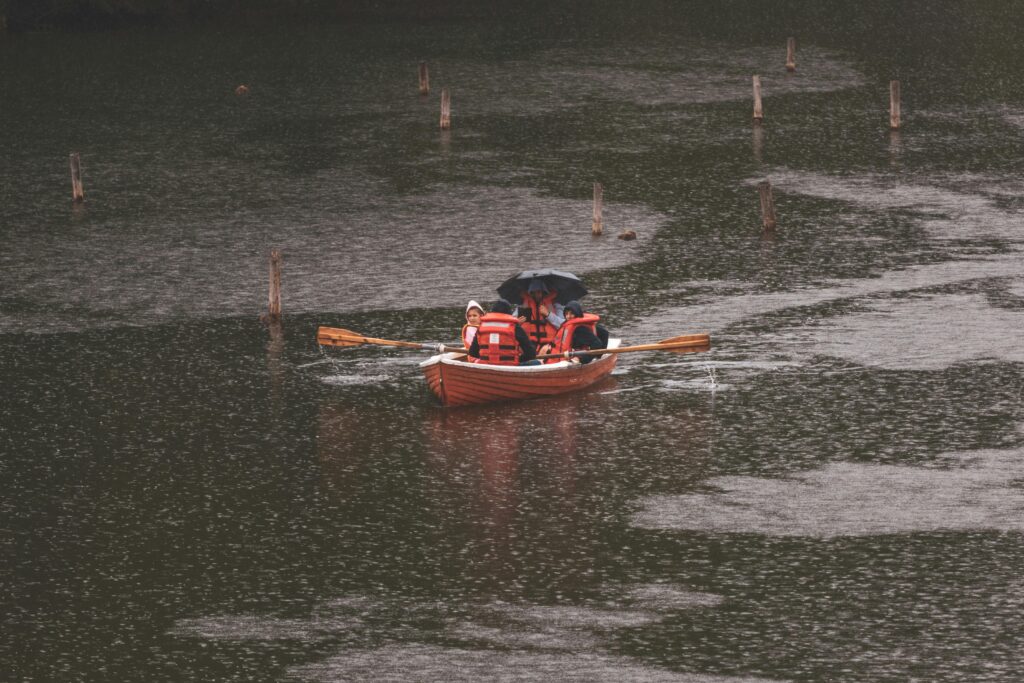Boats under sail for the most part have the option to proceed over powerboats.
When one vessel is overwhelming another, the surpassing vessel should give way to the boat being passed. Overwhelm the boat on the starboard (right) side whenever the situation allows.
When two boats are running into each other, the boat on the right (starboard) side has the option to proceed and ought to keep up with its course.
When two boats are moving toward head-on, both ought to control to the starboard (right) side to pass each other securely.
In any case, huge vessels that are restricted in their mobility, (for example, freight ships) consistently have the option to proceed.
Certain regions, like close to moors, marinas, or coastlines, are assigned as "No Wake Zones." there, boats should work at slow paces to try not to make enormous waves, which could harm boats, moors, or harm swimmers.
Every vessel should have explicit security hardware on board to guarantee the wellbeing of all travelers and to consent to nearby regulations.
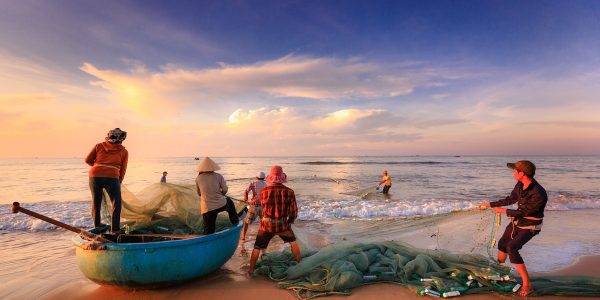
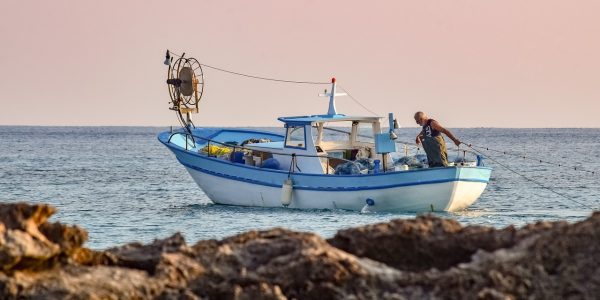
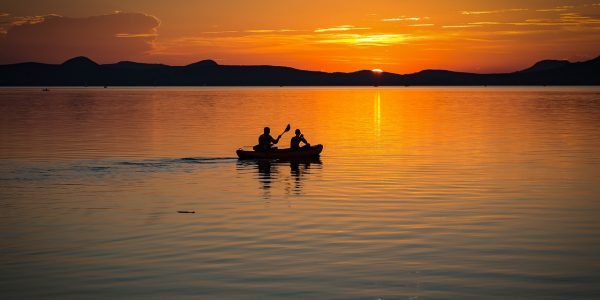
Boats over a specific length are expected to convey a throwable buoyancy gadget (like a day to day existence ring) that can be utilized in the occasion somebody falls over the edge. Each boat should have a sound-delivering gadget, similar to a whistle or horn, to flag for help or to speak with different vessels. Continuously take a look at neighborhood guidelines, as the particular gear required can change in light of your boat size and area.
incorporates
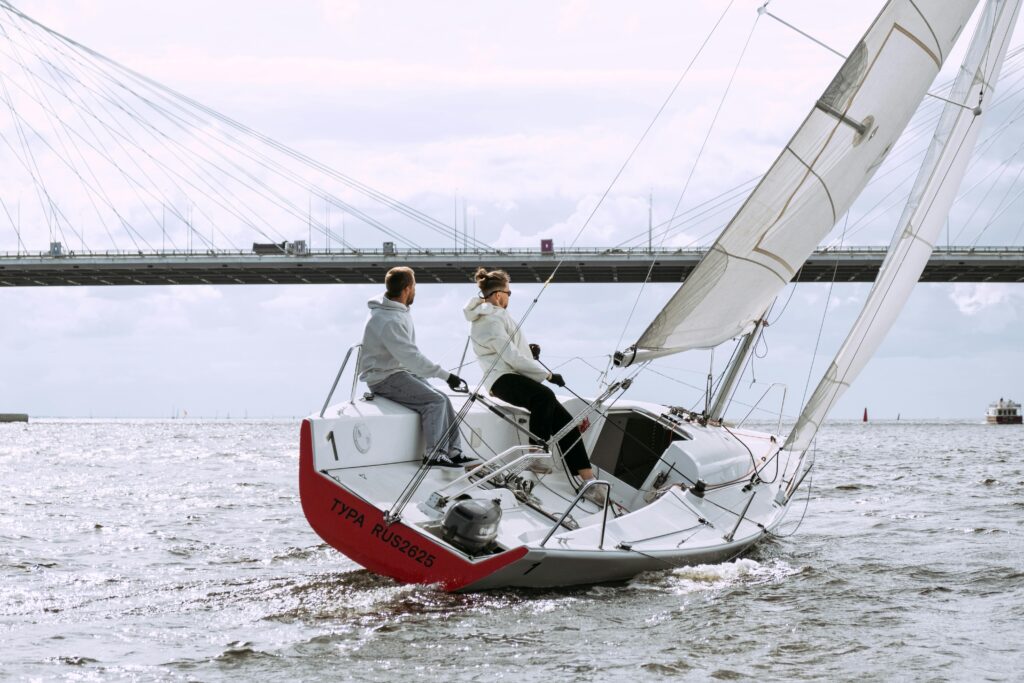
Drifting regulations likewise center around safeguarding the climate. Boaters are expected to observe regulations that forestall contamination and safeguard marine biological systems. Disregarding these regulations can prompt heavy fines and harm to normal natural surroundings. Boaters are expected to clean their boats in the wake of moving between various water bodies to forestall the spread of obtrusive species. Plants or creatures sticking to your boat’s structure or propeller can hurt new environments.
It against the law against the law to release sewage, oil, or trash into the water. Boats should involve holding tanks for sewage, and legitimate removal ought to be finished at assigned offices coastal. On the off chance that you’re engaged with a mishap, you’re legitimately expected to pause and deliver help to any people who might require help, as long as it doesn’t jeopardize your own vessel or travelers.
